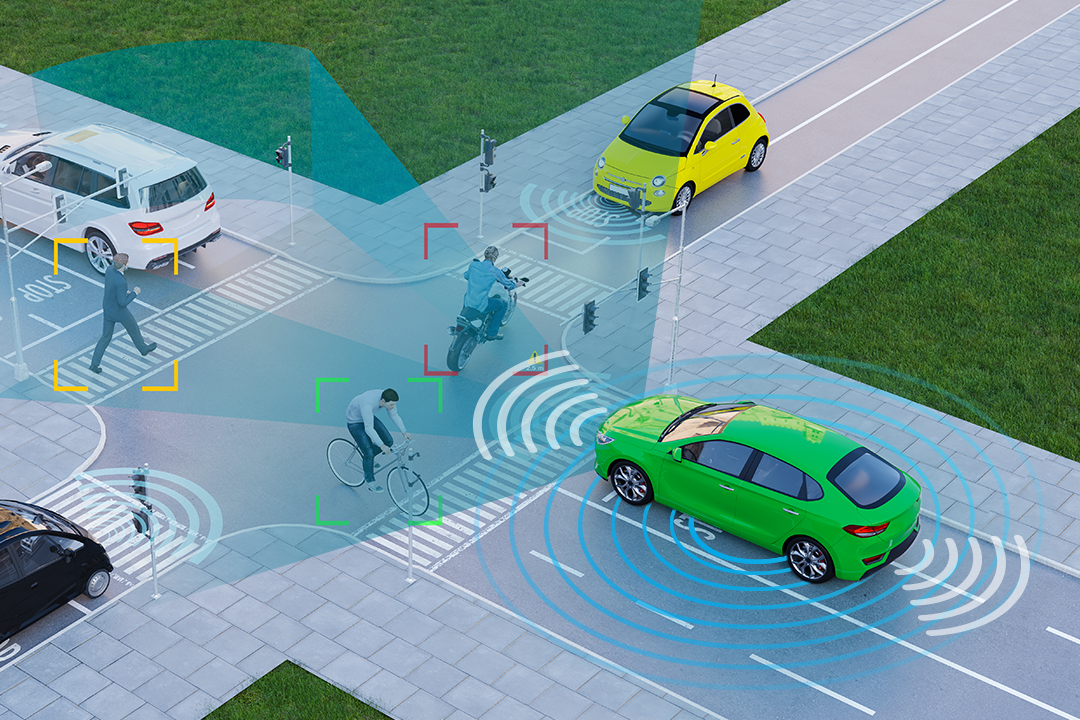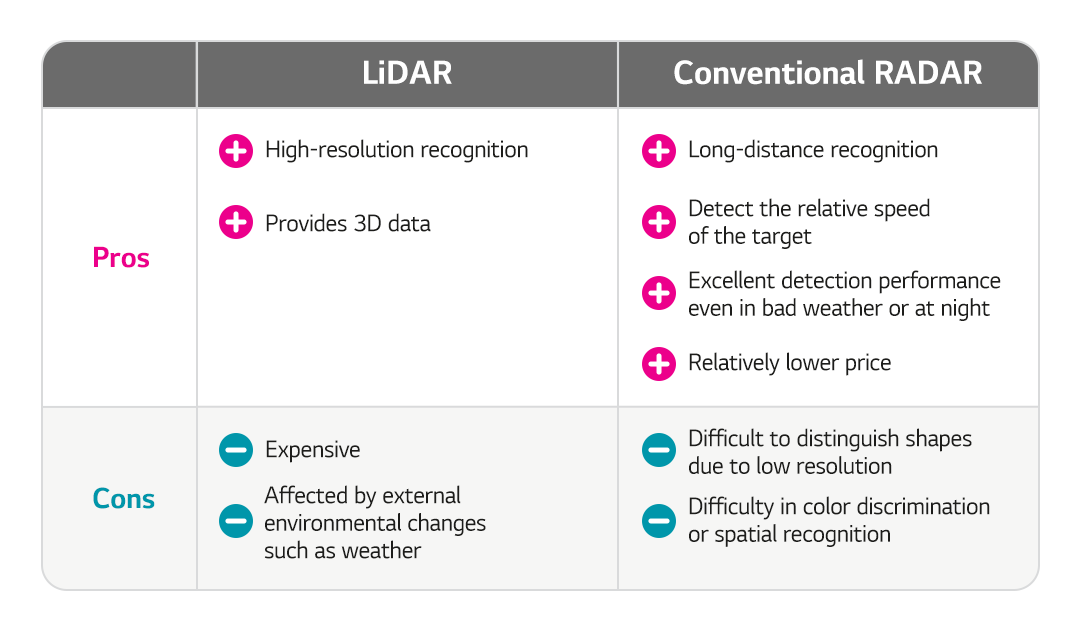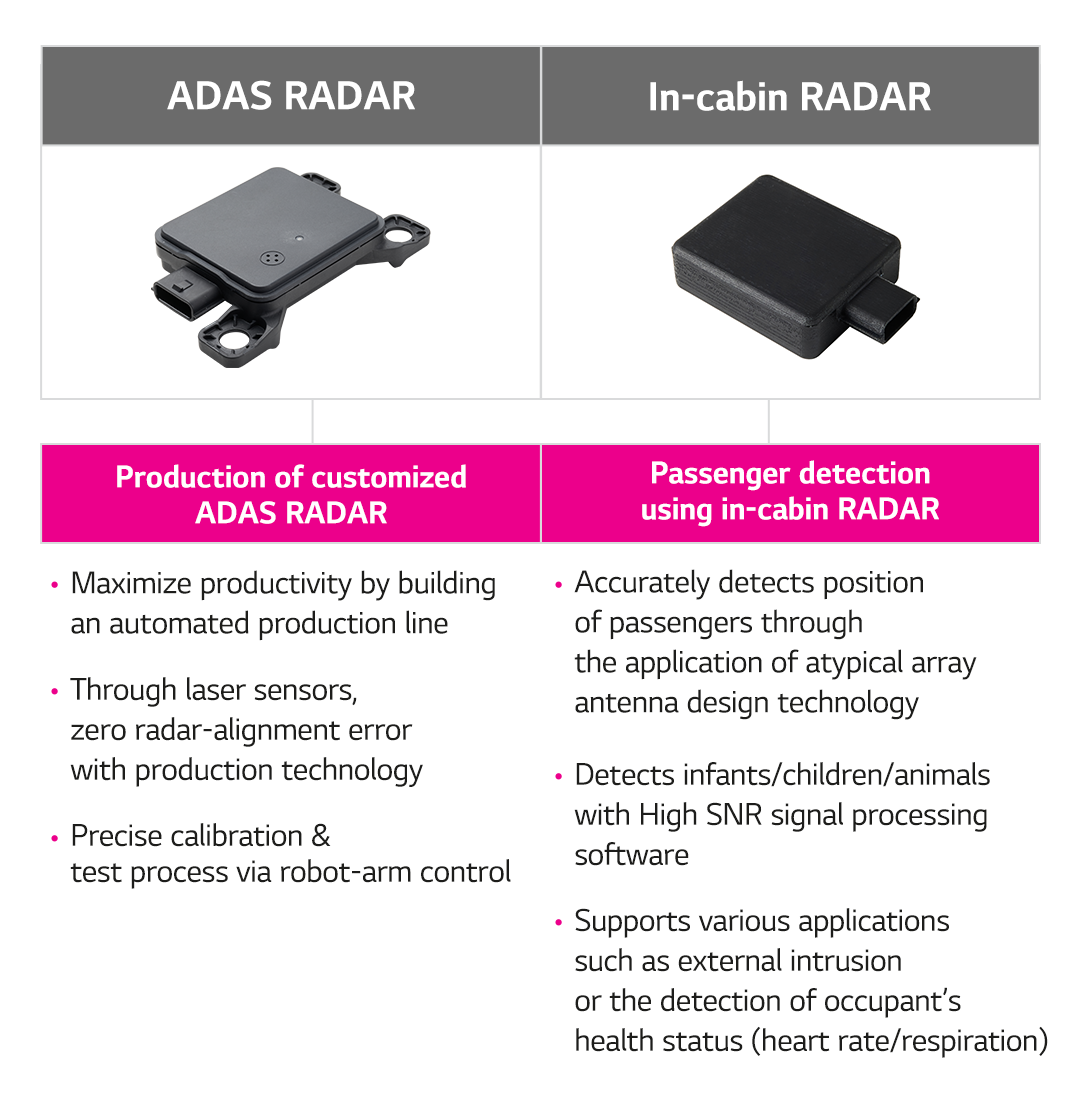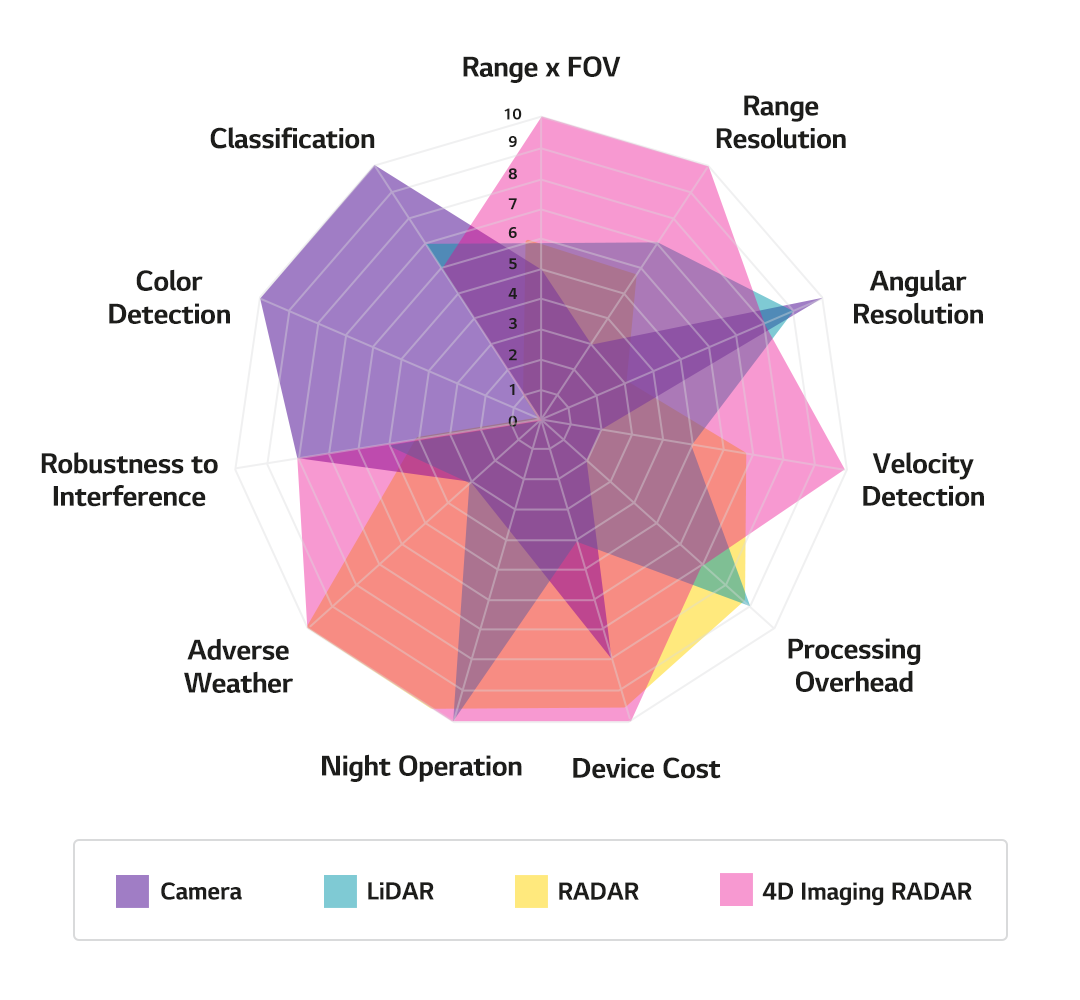查看全部菜单
전체메뉴
회사정보
회사소개
- 회사개요
- CEO인사말
- 연혁/수상
- 비전/조직문화
- 사업장
- CI
IR
- 경영정보
- 재무정보
- 주식정보
- IR자료실
- 공시
디지털 역사관
뉴스룸
- 보도자료
- 소셜미디어
- 홍보자료
LG Innotek Insights
제품정보
사업부개요
광학솔루션
- Camera Module
- 3D Sensing Module
- Optical Module
- Actuator
기판소재
- Package Substrate
- FC-BGA
- Display Solution
전장부품
- Connectivity Solution
- Autonomous Driving Solution
- Electrification Solution
- Lighting Solution
전자부품
- Power Solution
- Smart Home
ESG
ESG 경영
- CEO 메시지
- 비전/추진체계
- ESG 경영방침
Environment
- 탄소중립
- 자원순환
- 친환경 기술/제품
Social
- 구성원 자부심
- 안전/보건
- 공급망 ESG
- 사회공헌
- 사이버 신문고
Governance
- 경영투명성
- 주주 친화
- Risk Management
ESG Fact Book
- 지속가능성보고서
- 평가/인증
ESG활동
- 친환경 경영
- 사회책임 경영
- 신뢰받는 지배구조
- 외부수상
고객지원
FAQ
고객문의
소프트웨어라이브러리
News Letter 订阅申请
填写如下信息后申请,即可通过电子邮件接收 LG Innotek 的最新信息。
个人信息收集和使用协议(必填)
LG Innotek Co., Ltd.(以下简称“公司”)收集和使用的个人信息是根据“个人信息保护法”需要本人同意的信息。
1. 待处理的个人信息项目
[必填] 国家/姓名/电子邮件地址
[可选项目] 公司名称/电话号码
【自动收集的项目】服务使用记录(访问日期和时间)、访问IP信息
2. 处理和使用个人信息的目的
- 检查客户询问的事实
- 提供对客户查询和报告的答复或分配适当的人员
3. 个人信息的处理和保留期限
- 2个月
※ 您有权拒绝同意收集和使用个人信息,如果您不同意,可能会限制接收客户查询。
※ 14岁以下的儿童不能使用该服务.
同意向第三方提供个人信息(必填)
LG Innotek 向第三方提供以下个人信息以提供顺畅的服务。
1. 提供个人信息的人
LG Innotek Yantai Co., Ltd
LG Innotek Vietnam Haiphong Co., Ltd
LG Innotek Mexico S.A. de C.V.
LG Innotek Indonesia PT.
LG Innotek Poland Sp. z o.o
LG Innotek Taiwan Co., Ltd
LG Innotek Trading (Shanghai) Co., LTD.
LG Innotek Trading (Shanghai) Co.,LTD. Shenzhen Branch
LG Innotek Co.,Ltd. JAPAN (LGITJP)
LG Innotek USA
LG Innotek USA Inc. San Diego Office
LG Innotek USA Inc. Detroit Office
LG Innotek Co., Ltd. Europe Branch
2. 提供的个人信息项目
- 国籍/姓名/电子邮件/公司名称/电话号码
※ 公司名称和电话号码仅在提供时提供。
3. 处理和使用个人信息接收者的个人信息的目的
- 回答有关公司和产品等的咨询和其他服务
4. 接收个人信息的人保留和使用个人信息的期限
- 2个月
※ 您有权拒绝同意收集和使用个人信息,如果您不同意,可能会限制接收客户查询。
※ 14岁以下的儿童不能使用该服务
个人信息营销使用协议(可选)
LG Innotek Co., Ltd.(以下简称“公司”)收集和使用的个人信息是根据“个人信息保护法”需要本人同意的信息。
1. 待处理的个人信息项目
[必填项] 公司名称/姓名/E-mail/职位/职务
2. 处理和使用个人信息的目的
- 通过电话提供个人身份、时事通讯和活动电子邮件、产品信息和销售信息
- 营销活动,如营销活动、与产品和服务相关的沟通以及市场调查
3. 个人信息的处理和保留期限
- 直到撤回使用营销的同意
4. 个人信息委托状态
- 用于营销服务的个人信息处理委托给 Oracle Corporation、Golden Planet 和 Ipgdextra Korea。
※ 您有权拒绝同意收集和使用个人信息,如果您不同意,可能会限制提供定制的营销信息。
※ 14岁以下的儿童不能使用该服务
News Letter 订阅申请
填写如下信息后申请,即可通过电子邮件接收 LG Innotek 的最新信息。
News Letter 订阅申请
News Letter 订阅申请
LG Innotek Insights


Autonomous driving technology is generally classified into sensing (cognition), judgment, and control operations. Among them, sensing solutions perform the function of being the “eye” of autonomous driving. To achieve Level 5 fully autonomous driving, high-quality sensor technologies that accurately detect objects and collect information for vehicles are required.
Can safe, autonomous driving be guaranteed in heavy rain, and pitch-black conditions, or even when detecting small objects or children? In this article, we would like to examine how far the latest sensor technology has advanced through changes in 4D-imaging-radar technology and sensor solutions for autonomous driving.
Major sensor solutions for autonomous driving
The three major sensors currently used in autonomous vehicles—camera, LiDAR, and RADAR—have different strengths.
1. Camera: Built-in camera sensors accurately recognize objects such as other vehicles, pedestrians, traffic lights, and traffic signs, transmitting the data to the computing device. The camera is the only sensor capable of capturing texture, color, and contrast data, and offers a high level of detail compared to other sensors.
2. LiDAR (Light Detection and Ranging): LiDAR can precisely recognize surroundings as three-dimensional images by emitting a laser pulse, receiving the reflected light from the surrounding target object, and measuring the distance to the object.
3. RADAR (Radio Detection and Ranging): RADAR is a sensor technology that detects the distance, speed, angle, height, etc. of an object. It detects these by gauging the time difference from the transmitted high-frequency millimeter-wave (mmWave) signal and received signal and amount of doppler frequency changes.
Among these solutions, RADAR, which uses radio waves, has strong advantages in bad weather/external environments because it is less affected by nighttime darkness, fog, cloud or dust when it comes to radio-wave transmission and reception. In addition, it is less bulky than LiDAR, reasonably priced, and allows for more freedom in terms of design.

Emergence of 4D Imaging RADAR that addresses for the shortcomings of traditional RADAR
Based on the relative advantages of RADAR compared to those of other sensors, automotive manufacturers and solution developers around the world are addressing RADAR's shortcomings, improving its usage to suit their individual purposes. The development of 4D imaging RADAR is part of this transformation.
While the existing 3D RADAR can identify distance (range), direction (azimuth), and relative velocity (Doppler), 4D-imaging-RADAR technology adds another dimension of information: height (elevation, vertical angle). Therefore, 4D imaging RADAR can provide richer and more accurate data about the driving environment than before by identifying the height of an object or how high the object is located on the road.
• Improved accuracy: It detects various reflection points using both horizontal and vertical data. The abundant data enable shape recognition and situational judgment with 4D high-resolution. Unlike existing RADAR, performance has been improved to the point of being able to distinguish whether the detected object is a person or vehicle.
• Improved safety: It can detect objects up to 300 meters away, which is the threshold required for advanced autonomous vehicles. It can also recognize relative speed (Doppler) data that shows whether an object is moving toward or away from the vehicle.
• Easy scalability: Compared to 3D RADAR, 4D imaging RADAR is 10 times more scalable.

As with the existing RADAR, reliability can be maintained regardless of various external environments such as bad weather, darkness, and air pollution. Therefore, 4D imaging RADAR could be the key for vehicles ultimately to enter the fully autonomous driving stage. The market size of RADAR modules for advanced driver assistance systems (ADAS) and autonomous vehicles is expected to reach $8 billion in 2025 and $12 billion in 2030, growing at a CAGR of 10.5%. Among them, the 4D imaging RADAR module, which is still a niche product, is anticipated to show a market penetration rate of 6.8% by 2025.
LG Innotek's differentiated RADAR
LG Innotek has a vehicle communication-module business foundation and substrate material business capabilities, developing and producing everything from materials to modules such as semiconductor/tape substrates. Having accumulated 5G antenna technology know-how and securing ultra-high frequency antenna design technology, the company offers a competitive advantage with its 4D imaging RADAR.
With the transmitter/receiver alignment technology, which is the core competency of its global No. 1 camera module business, the company can provide customers with a competitive advantage of its 4D imaging RADAR as well as other autonomous driving sensor products.
Below is LG Innotek's RADAR product lineup. 4D imaging RADAR, which is currently under development, is expected to revolutionize the autonomous-driving market as the first digital-RADAR-technology solution in the automotive electronics industry.

The role of LG Innotek in the era of autonomous driving
Based on over 10 years’ experience in smartphone camera modules and automotive components, LG Innotek possesses the competitive capabilities to implement autonomous driving sensing modules such as RADAR, LiDAR, and cameras. In the era of advanced autonomous driving, LG Innotek can provide more advanced sensor fusion. This is a type of technology that integrates data input from various sensors such as RADAR, LiDAR, and cameras to derive more accurate results by using the advantages of different sensors for the surrounding environment of the vehicle. Sensor fusion is emerging as a key factor for advanced autonomous driving in the future.

Source: Cadence, 2018
LG Innotek has a high-precision sensor-fusion design capability that maximizes the synergy of a wide array of sensors based on an advanced understanding of automotive sensors and many years of mass-production experience. As an optimal partner leading technological innovation, we will continue to serve as a supplier supporting the sustainable growth of our customers based on our accumulated industry expertise and mass-production capabilities.

















